
iStock by Getty Images
An ‘element of risk’ rewarded
Seven groundbreaking research projects recognized with funding from Star-Friedman Challenge
From uncovering the ancient histories of viruses to investigating interethnic cooperation in war-torn areas, the 2023 winners of the Star-Friedman Challenge for Promising Scientific Research are going to impressive lengths to explore uncharted territory.
This year marks a decade of ambitious, out-of-the-box research made possible by the support of James A. Star ’83, Josh Friedman ’76, M.B.A. ’80, J.D. ’82, and Beth Friedman.
Established with Star’s generosity in 2013 and expanded five years later by the Friedmans, the challenge provides seed funding to Harvard affiliates for innovative research in the life, physical, and social sciences.
This year’s faculty review committee, chaired by Charles Alcock, Donald H. Menzel Professor of Astrophysics, awarded funding to seven groundbreaking research projects.
On May 11, the principal investigator of each project presented the research proposals. As Alcock noted in his introduction to the event, such open, accessible communication is crucial to any relevant academic undertaking. “One of the requirements of success is explaining what you want to do and why it’s important,” said Alcock.
The projects reflect the vision that guided the creation of the Star-Friedman Challenge. Although each proposal involves some element of risk, they have the potential to make significant advances for science and the wider world.
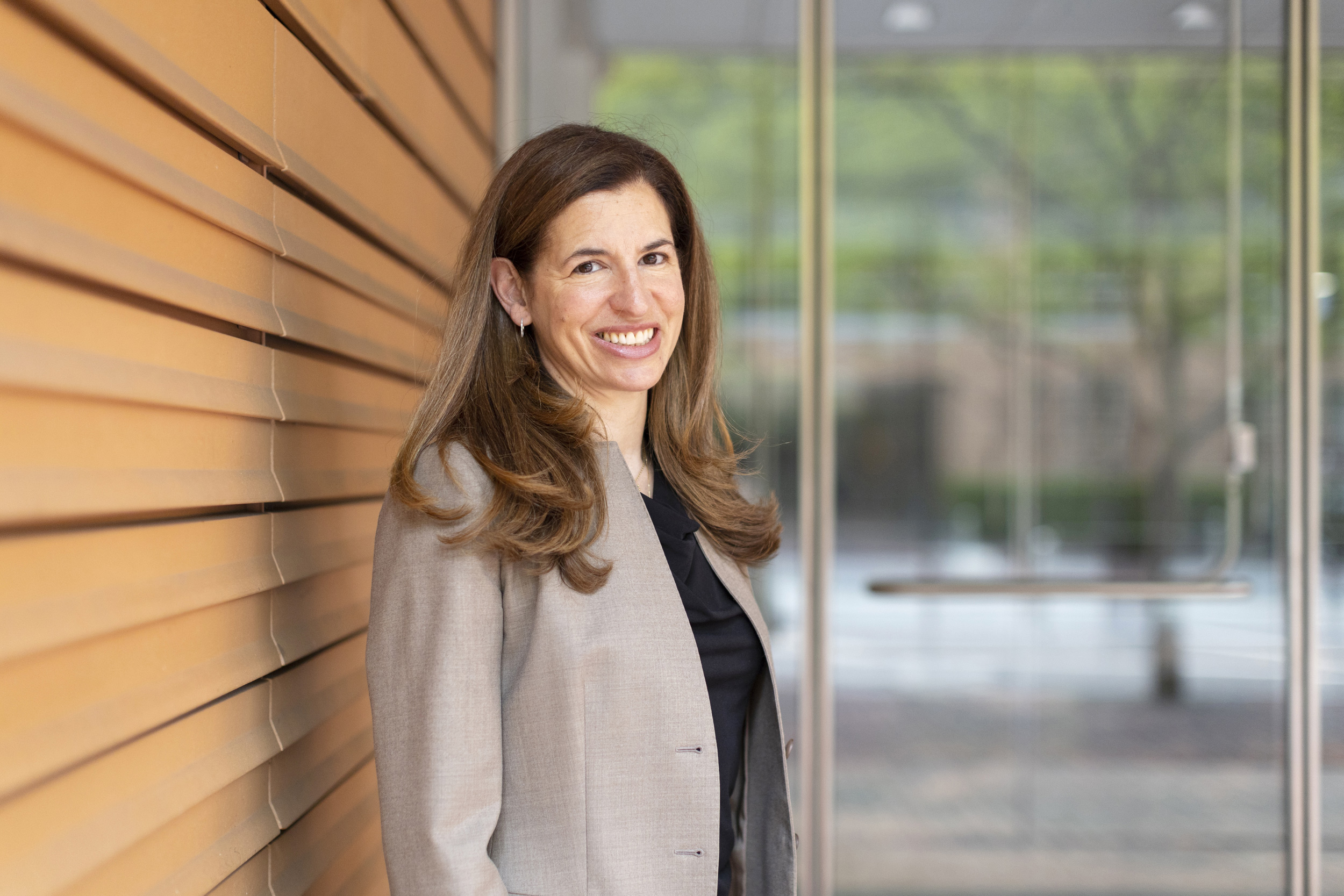
Melani Cammett.
Stephanie Mitchell/Harvard Staff Photographer
Finding ways to co-exist in ethnically divided societies
How can peace be won in places with histories of ethnic strife, such as Northern Ireland, Bosnia-Herzegovina, and Lebanon? Melani Cammett, Clarence Dillon Professor of International Affairs and director of the Weatherhead Center for International Affairs, intends to use the Star-Friedman grant to find out. She and her team will draw upon interviews with hundreds of officials in each of these areas to analyze trends in responses to ethnic conflict. They also plan to use an experimental design that will test the effect of conciliatory political speech on opinions regarding ethnically charged issues, parsing the resulting data along various demographic and socioeconomic lines.
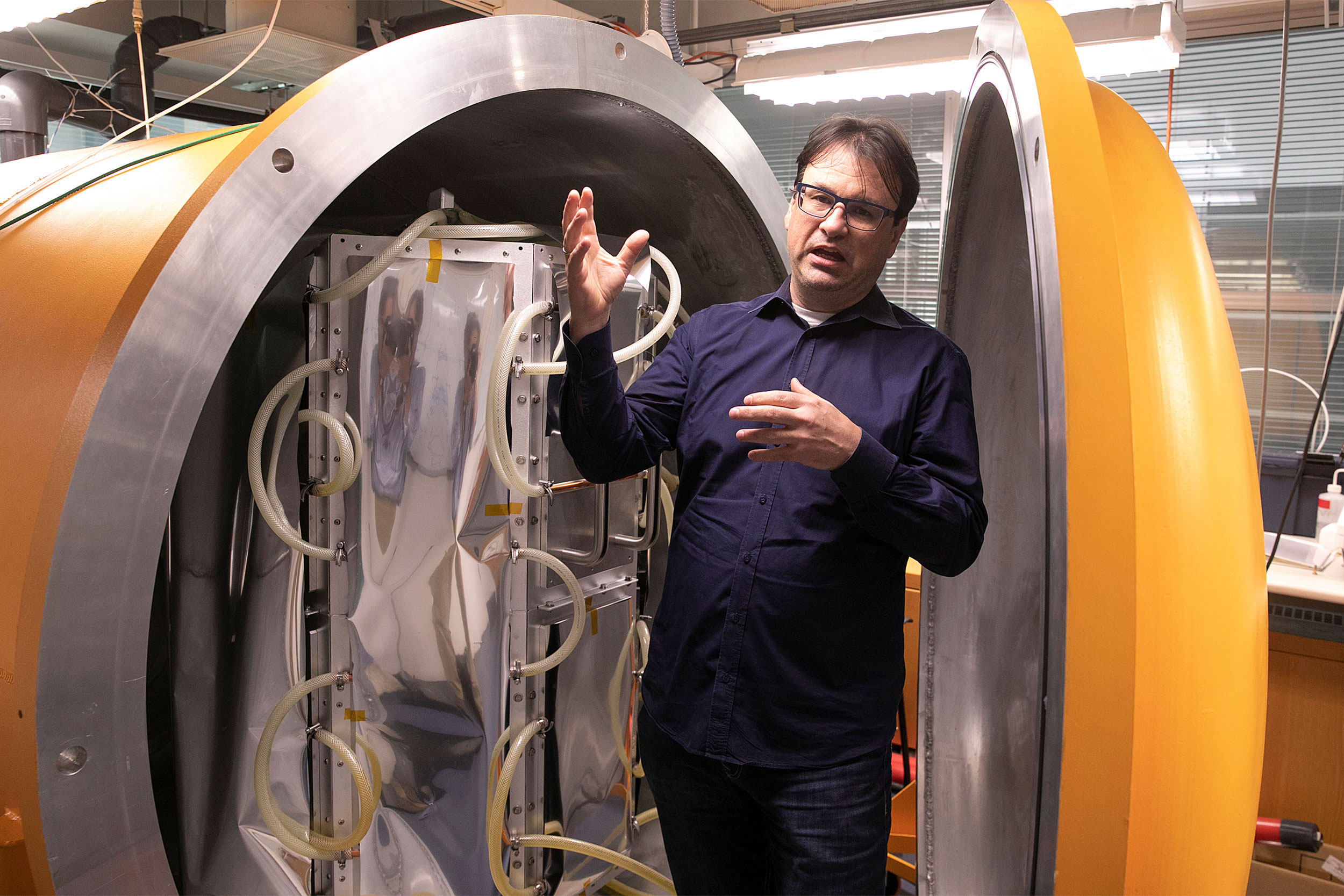
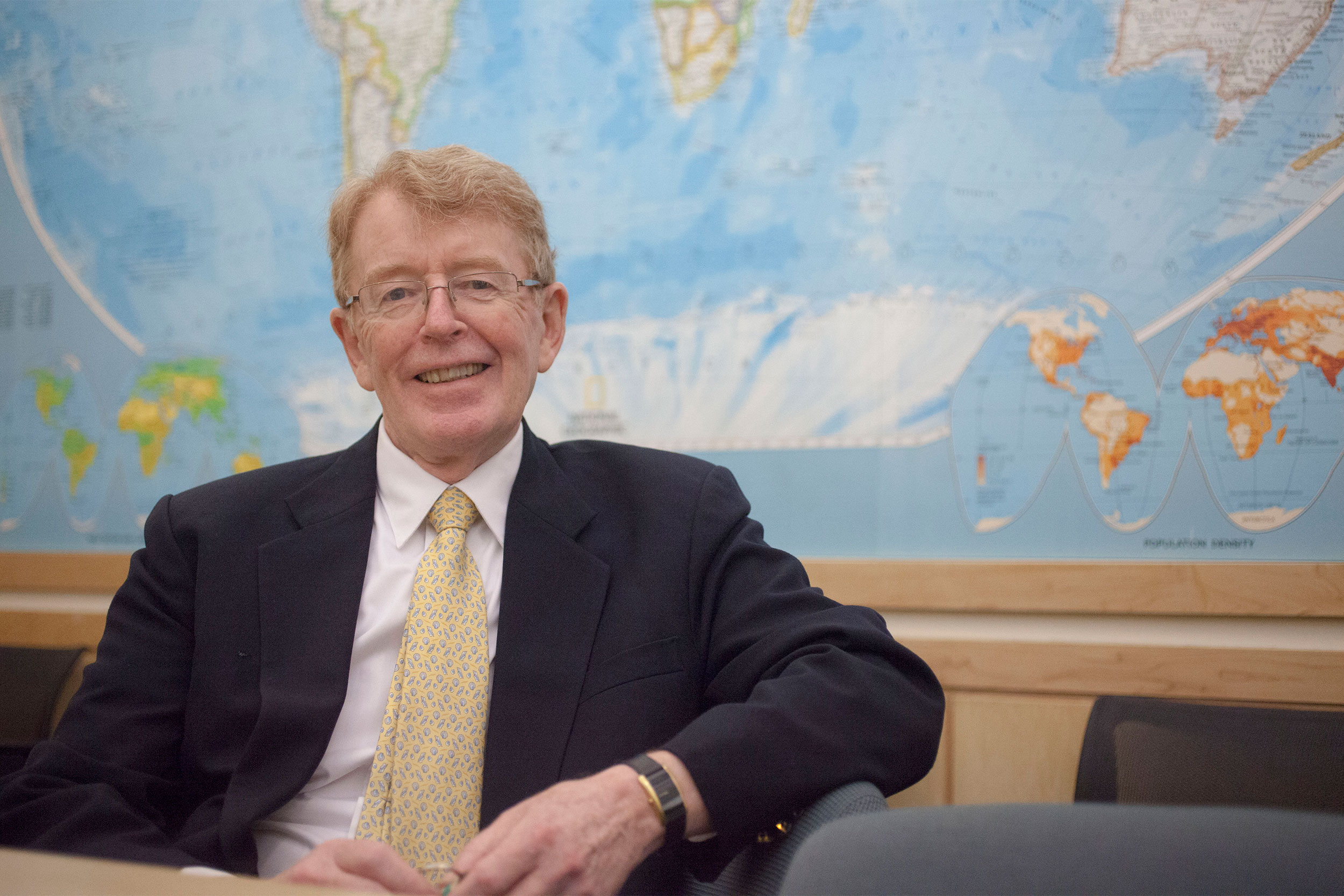
Frank N. Keutsch and Michael McElroy.
File photos by Jon Chase and Kris Snibbe/Harvard Staff Photographers
Developing technology to detect hydrogen leakage
While many studies of greenhouse gasses concentrate on usual suspects like carbon dioxide and sulfur dioxide, Stonington Professor of Engineering and Atmospheric Science Frank N. Keutsch and Gilbert Butler Professor of Environmental Studies Michael McElroy plan to drill into a less-understood culprit of climate change: hydrogen. Because it quickly oxidizes in the open air, emitted hydrogen can indirectly amplify climate change by increasing the concentration of methane in the atmosphere. Since a reliable method of detecting hydrogen leaks does not yet exist, Keutsch and McElroy will begin work on a cost-effective technology that can identify unique, fluorescent “fingerprints” left behind by hydrogen particles.
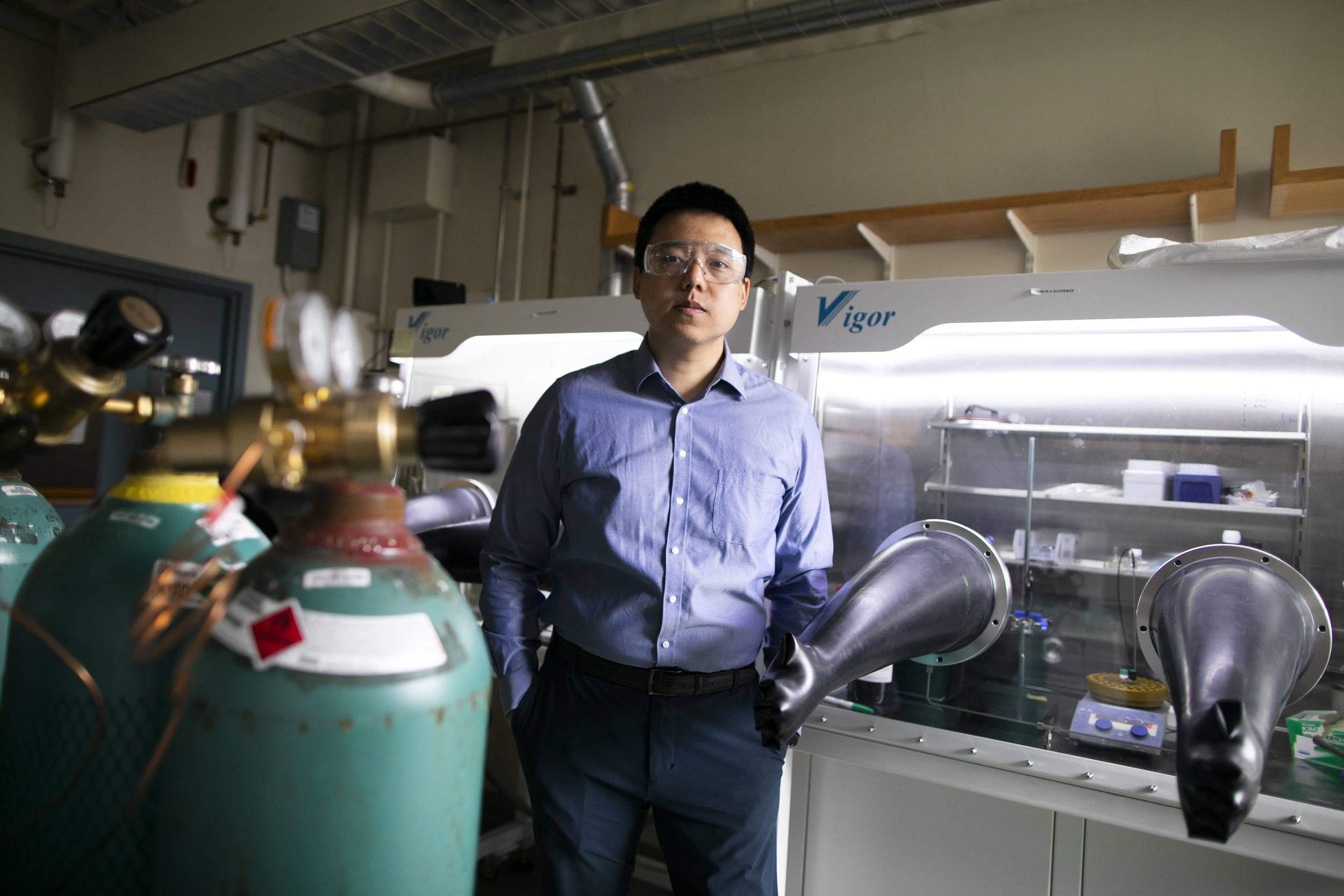
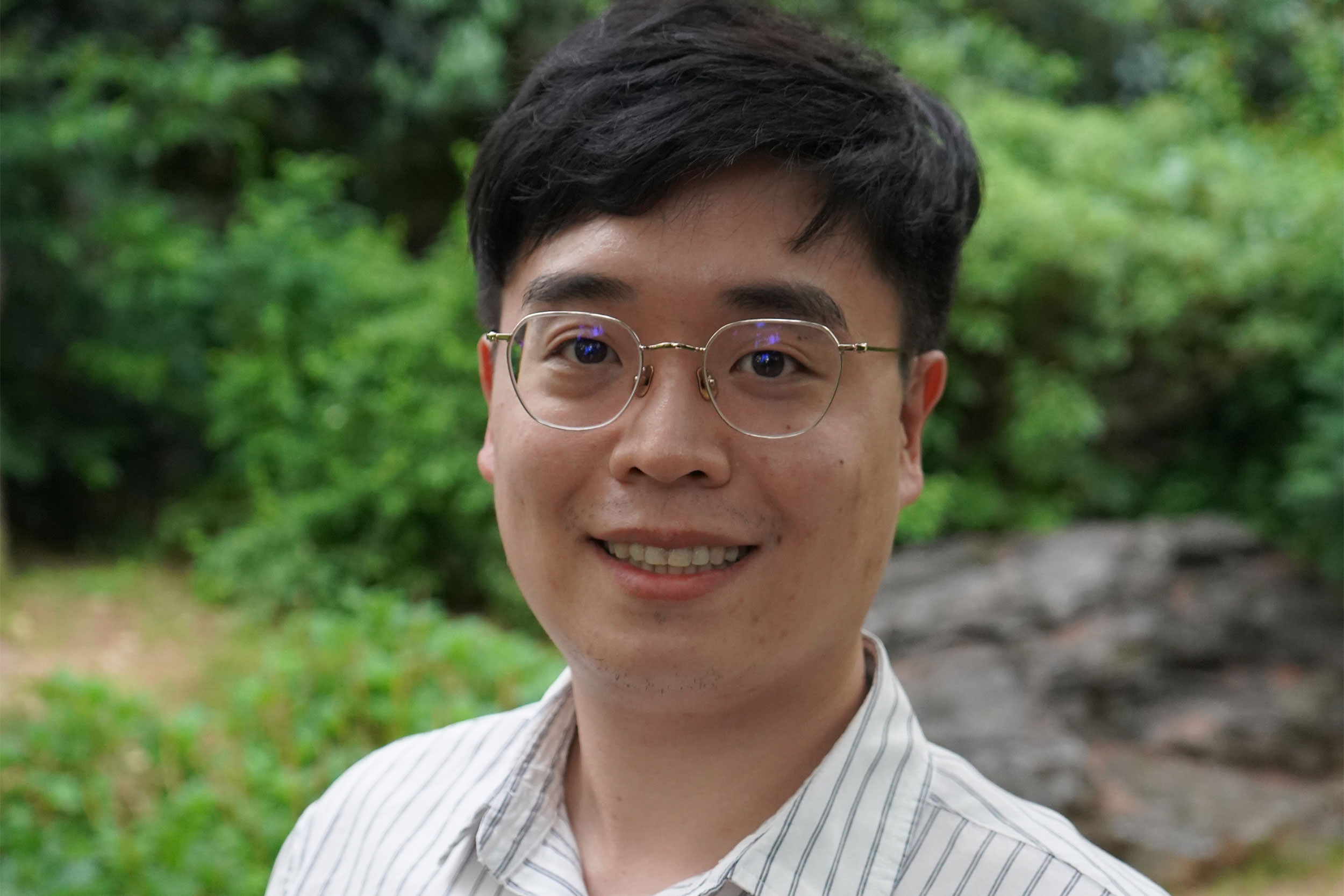
Richard Y. Liu and Joonho Lee.
Photos by Stephanie Mitchell/Harvard Staff Photographer; courtesy photo
Picking up good vibrations: Transforming chemical reactions at the crossroads of light and matter
One exciting development in modern chemistry is strong vibrational coupling, which uses optical instruments to discern the molecular vibrations that play out in chemical reactions. Assistant professors of chemistry and chemical biology Richard Liu and Joonho Lee will use Star-Friedman funds to explore this property through experiments involving molecules of various isotopes and highly reflective mirrors. By generating hybrid light-matter states, these experiments could reveal illuminating details about vibrational polaritons, particles that could be used with light to transform the vibrations of chemical reactions. The resulting findings, the researchers hope, could help chemists manipulate reactions in once-unthinkable ways.
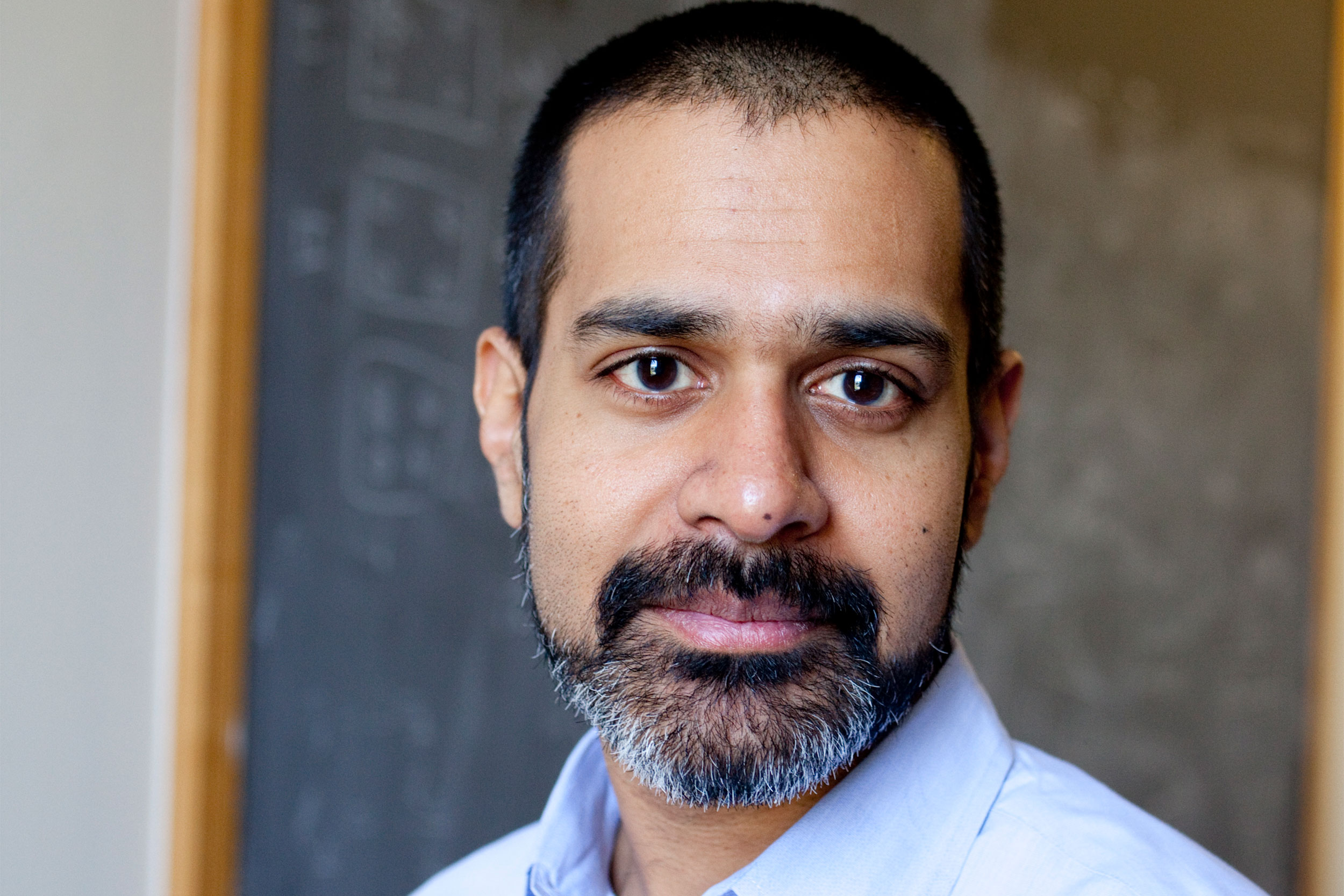
Investigating how oceanic bacteria can help fight against climate change
Huge masses of oceanic phytoplankton sequester billions of tons of carbon every year, enough to rival all the carbon stored by the Earth’s plants. Vinothan Manoharan, Wagner Family Professor of Chemical Engineering and Professor of Physics, will use his challenge grant to examine lab cultures of cyanobacteria (a type of phytoplankton) using a precise optical technique called mass photometry. Manoharan and his team will investigate whether viral bacteriophages, which kill about 20 percent of the ocean’s microbes each day, lead to higher or lower rates of carbon sequestration. Manoharan hopes that these experiments will enhance our understanding of oceanic ecology and contribute to policy changes, such as fertilizer regulations that could magnify the carbon-capturing potential of phytoplankton.
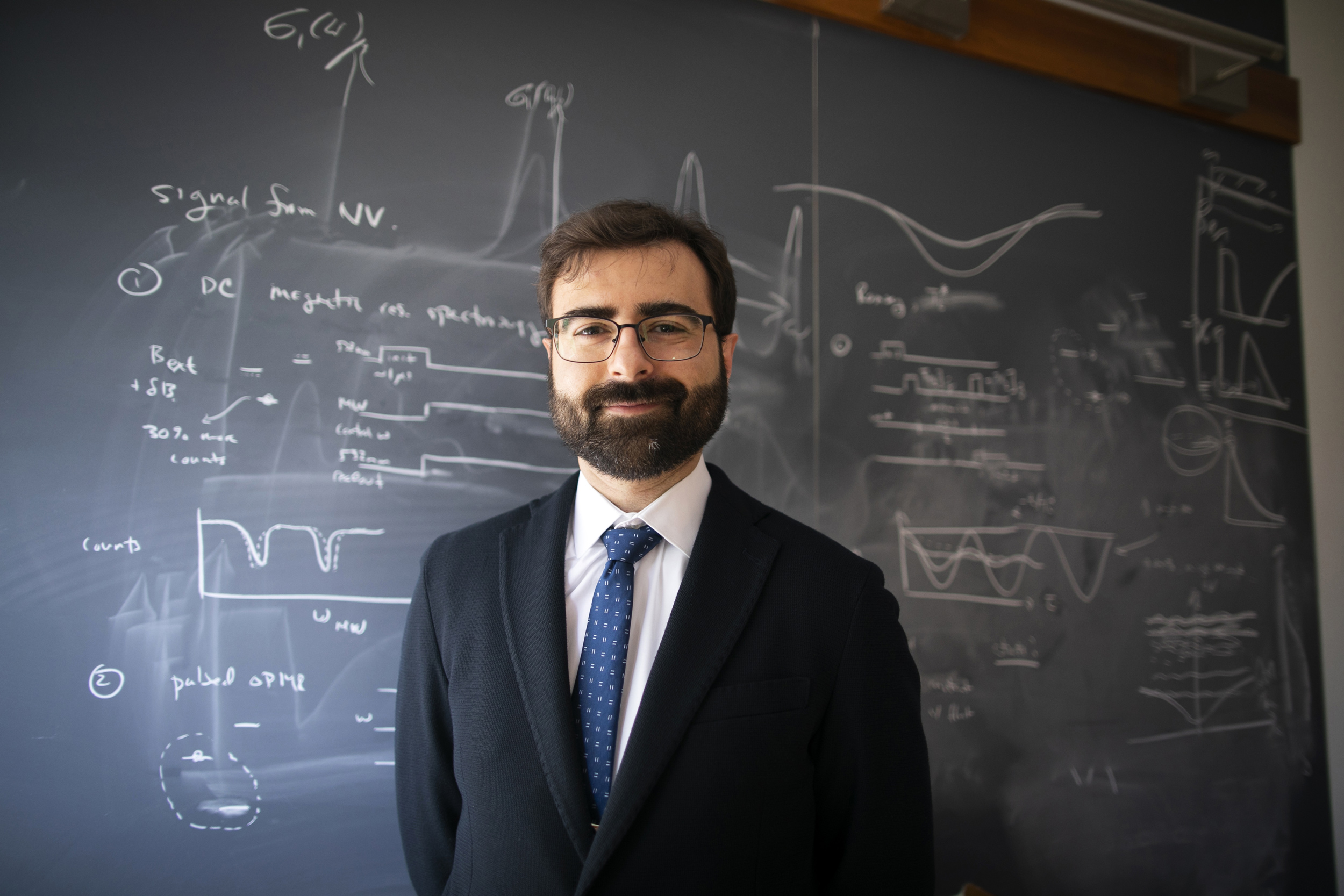
Matteo Mitrano.
Stephanie Mitchell/Harvard Staff Photographer
Creating a new state of matter to maximize the efficiency of electronics
With the wildfire expansion of computing power and artificial intelligence, engineers must develop a mechanism that can drastically increase the efficiency of our information technologies without increasing our uptake of fossil fuels. Multiferroic materials, which strongly couple magnetism and electric polarization, could be used, but they require low temperatures and high switching voltages to operate. Assistant professor of physics Matteo Mitrano therefore plans to invest the Star-Friedman funds in laser-scattering techniques to generate a state of matter that could reduce switching consumption by a whopping four orders of magnitude. Mitrano’s project could be a first step toward the construction of a hyper-efficient, renewable method of information processing to meet our fast-growing energy demands.
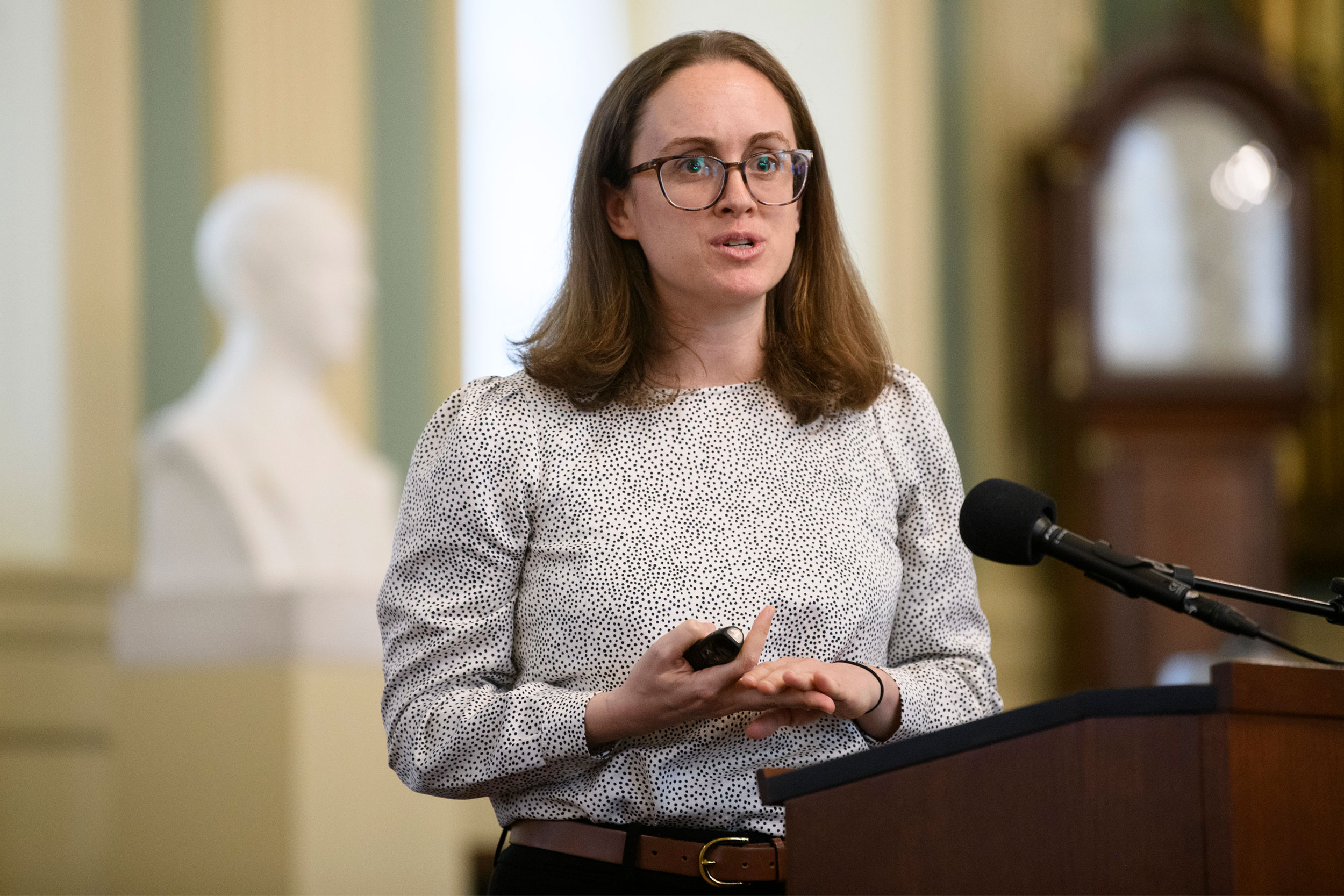
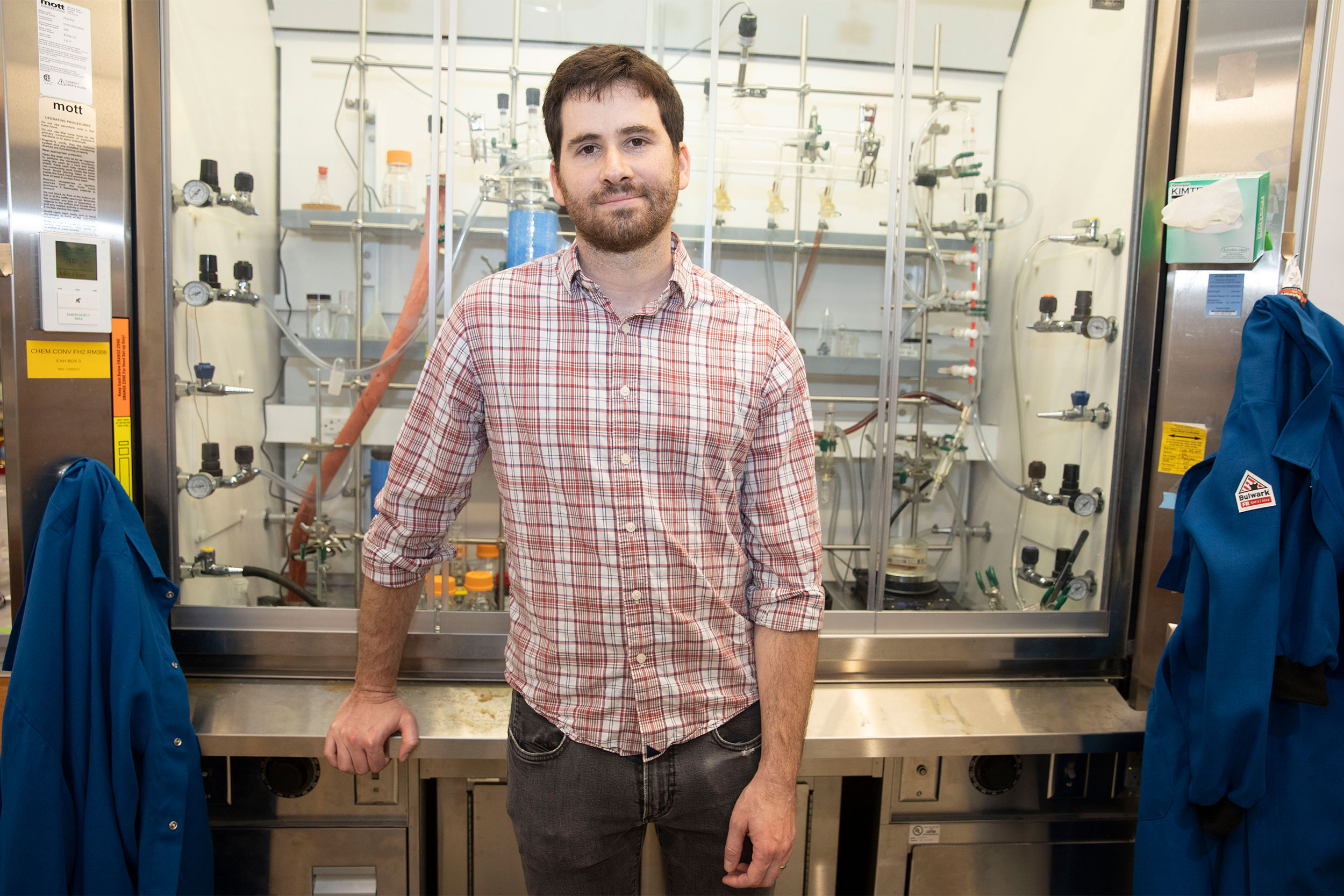
Julie Mundy and Jarad Mason.
Photo by Tony Rinaldo; file photo by Kris Snibbe/Harvard Staff Photographer
Combining sharply contrasting chemical approaches to generate a new class of materials
The Star-Friedman Challenge has enabled researchers with vastly different skill sets like assistant professor of physics and applied physics Julia Mundy and assistant professor of chemistry and chemical biology Jarad A. Mason to collaborate on innovative projects. The pair intend to synthesize stable quantum materials using their combined expertise. Since the molecular-beam epitaxy (MBE) method honed by Mundy can only make use of a limited range of chemical structures, they will utilize techniques from Mason’s work in inorganic chemistry to initiate chemical reactions directly on top of chemical films produced using MBE. This novel approach could yield never-before-seen classes of materials like superconductive nickelates and oxynitrides that harvest solar energy far more efficiently than currently available methods.
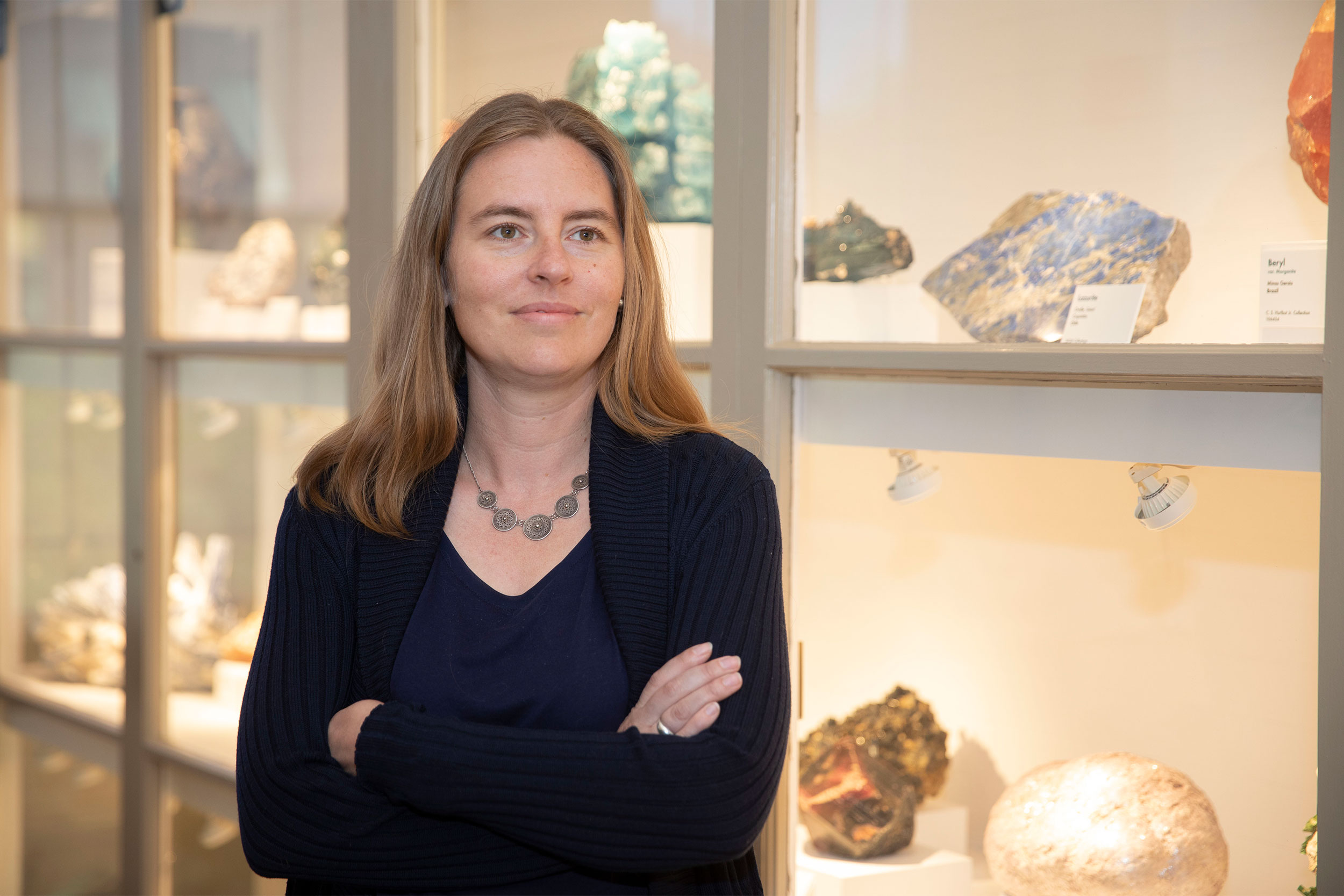
Christina Warinner.
File photo by Kris Snibbe/Harvard Staff Photographer
Devising a reliable method to document the histories of RNA viruses
COVID-19 is the latest in a string of RNA viruses to inflict massive upheavals on human society. But their fragility and frequent replications have made it extremely difficult to trace their origins and spread. Christina Warinner, an associate professor of anthropology and the Sally Starling Seaver Associate Professor at the Radcliffe Institute, proposes the use of a method called selective reactive modeling (SRM) to target key peptides present in both modern RNA viruses, like influenza and hepatitis B, and their ancestral versions. She plans to use the challenge efunds to develop and test a method of extracting and identifying viral protein remnants from human teeth and bone. With a finer understanding of viral histories, Warinner and company hope epidemiologists will be able to develop better models to predict their future — no small luxury in a world still reeling from the implications of a three-year-long pandemic.




